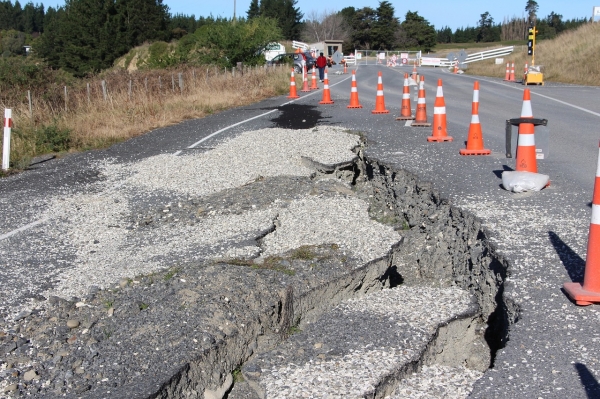Earthquakes and landslides are famously difficult to predict and prepare for.
Earthquakes and landslides are famously difficult to predict and prepare for. By studying a miniature version of the ground in the lab, scientists at the UvA Institute of Physics have demonstrated how these events can be triggered by a small external shock wave. Bring a flotation device: it involves the ground briefly turning into a liquid!
Unlike a true solid, the ground we stand on is generally made of granules such as sand grains or pieces of rock. Deeper down in Earth’s crust, the same holds for the fault lines where two tectonic plates meet. These types of disordered granular materials are never fully stable. And when they fail, it can have catastrophic effects for us, living on Earth’s surface.
The trouble is: it is not easy to predict or control when exactly the friction forces resisting a landslide or earthquake will stop being enough to keep the ground in place. Thankfully, the physics works exactly the same in smaller systems that you can study in the lab. To reproduce an earthquake, physicists Kasra Farain and Daniel Bonn of the University of Amsterdam used a 1-mm thick layer of tiny spheres that are each the width of a human hair.
Their experimental setup allowed them to keep precise track of the granules’ response to external forces. To simulate the forces that would be present on a steep mountain slope or at a tectonic fault, they pressed a disc on the surface and slowly rotated it with a constant speed. By subsequently bouncing a ball next to the experimental setup, triggering a small seismic wave, they saw how all the granules rapidly shifted in response: they had triggered a miniature earthquake!
Read more at Universiteit van Amsterdam
Photo Credit: Kiwi_Lisa via Pixabay




